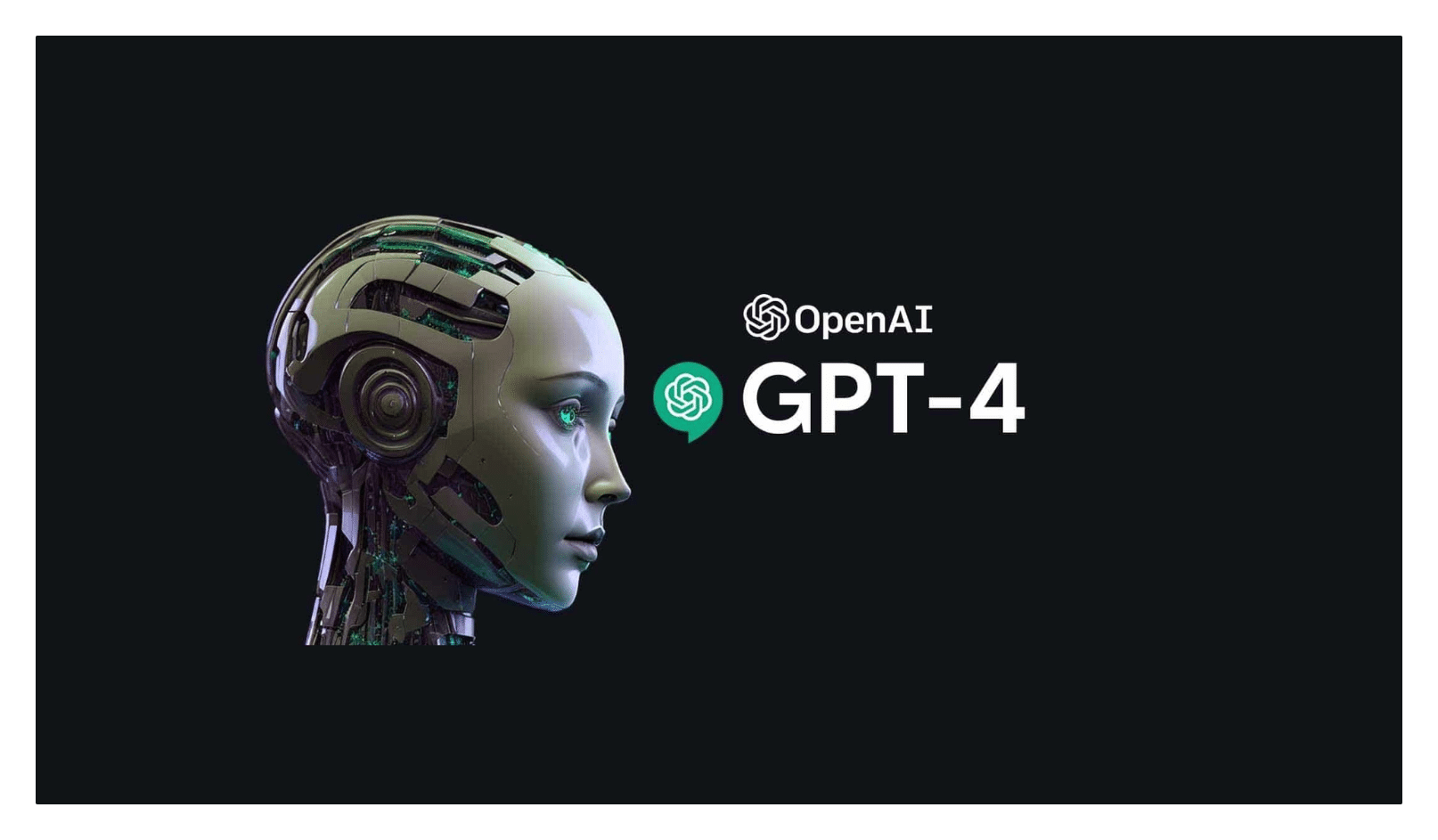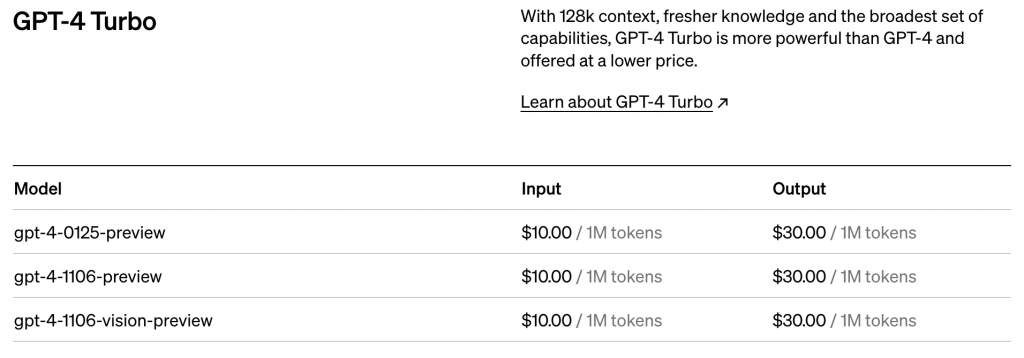As OpenAI continues to roll out more versions of the ChatGPT underlying model, accurately selecting the model that best fits specific needs has become the primary task for any AI project. Understanding the differences between GPT-3, GPT-3.5, and GPT-4 is crucial for anyone looking to purchase generative AI tools based on SaaS.
In November 2022, OpenAI launched GPT-3.5, an improved version of GPT-3, which is currently available in both the free web app version of ChatGPT and via the paid Turbo API. Released in March 2023, GPT-4 offers another choice for workplace tasks, supporting both ChatGPT Team and ChatGPT Enterprise versions—OpenAI’s first formal commercial enterprise products. GPT-4 also introduced additional features like multimodality and API implementation considerations.
What is GPT-4?
GPT-4 is the successor model to GPT-3.5, serving as the foundation for ChatGPT. Compared to the traditional GPT-3.5, GPT-4 has been praised for its higher accuracy in responses and its robust information processing capabilities.
What is ChatGPT?
ChatGPT, short for “Generative Pre-trained Transformer,” is an AI chatbot released by OpenAI in November 2022.
It provides responses that mimic natural human conversations based on the questions inputted.
Differences Between GPT-3.5 and GPT-4
GPT-3.5 and GPT-4 are both versions of OpenAI’s generative pre-trained transformer models, currently available to the public with varying capabilities, features, and price points.
Extended Capabilities
The capability differences between GPT-3.5 and GPT-4 reflect OpenAI’s aim to meet the needs of increasingly complex use cases across industries. GPT-3.5 excels in understanding and generating human-like text, translation, answering questions, generating text summaries, and content creation. Developers can also fine-tune GPT-3.5 Turbo for specific use cases to enhance performance.
GPT-4 is designed to be more reliable, creative, and capable of handling more nuanced instructions. Its extended capabilities include multimodal inputs, larger context windows, a broader general knowledge base, and enhanced safety and alignment features. Internal evaluations showed that GPT-4 is 82% less likely to produce disallowed content and 40% more likely to generate factual responses compared to GPT-3.5.
Accuracy
GPT-3.5, trained on content up until September 2021, has limitations in answering queries about more recent events. GPT-4, however, can browse the internet, with training data up to April or December 2023, depending on the model version. Yet, research by Stanford and the University of California, Berkeley, published in October 2023, noted that both GPT-3.5 and GPT-4’s performance has deteriorated over time.
Price Comparison
As vendors release multiple versions of their tools and more AI startups enter the market, pricing has become an increasingly important factor for AI models. GPT-3.5 is currently available in the free version of ChatGPT, while GPT-4 is offered on ChatGPT Plus for $20 per month per person. It is also available as ChatGPT Team, costing $25 per person per month, and ChatGPT Enterprise, for which prospective buyers need to contact OpenAI’s sales team for pricing.
Here are the specific pricing details from OpenAI:
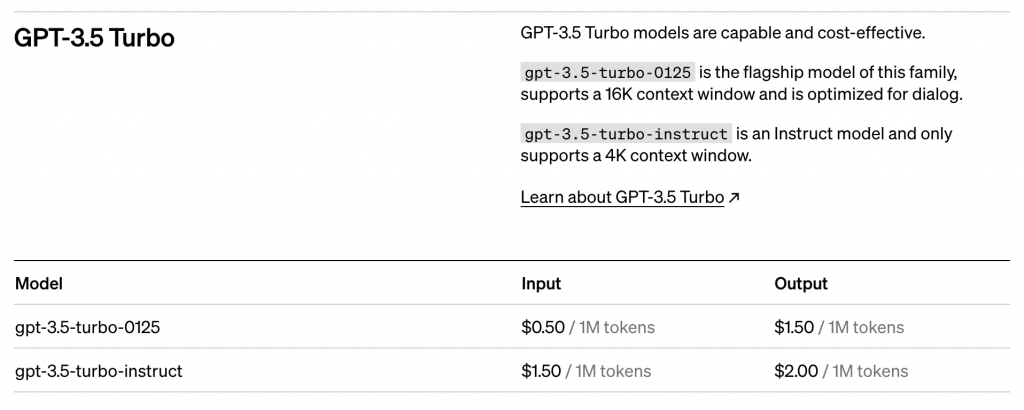

GPT-3.5 is currently available in the free version of ChatGPT, and OpenAI has also disclosed the costs for the GPT-3.5 Turbo API:
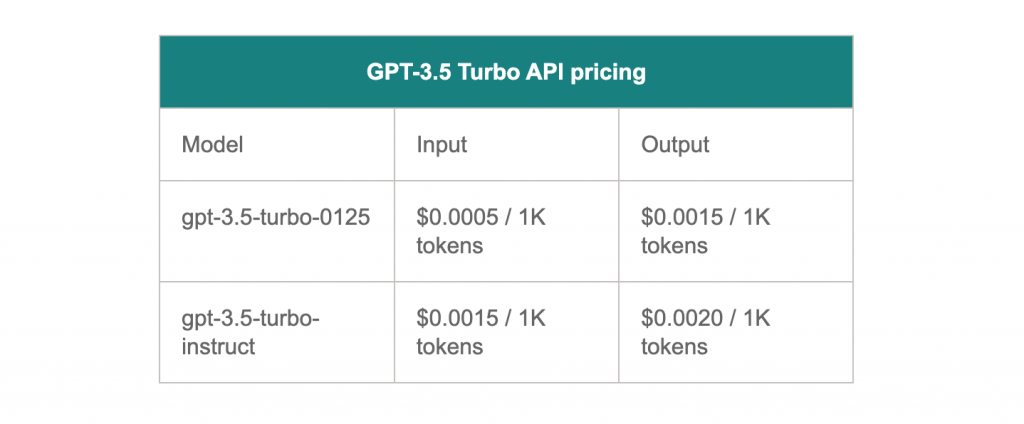
GPT-4 is available on ChatGPT Plus, at $20 per month per person. It is also offered as ChatGPT Team, with a monthly fee of $25 per person, and ChatGPT Enterprise, which requires potential buyers to contact OpenAI’s sales team for pricing.
The table below provides detailed information on the costs of the GPT-4 API:
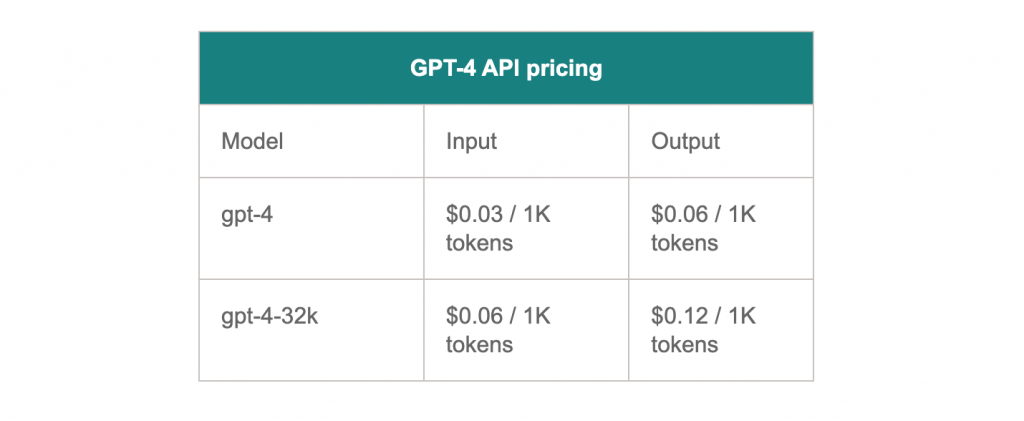
Is the $20 Upgrade to GPT-4 Worth It?
For those considering whether the $20 monthly fee for the ChatGPT Plus version is worth it, the answer is a resounding “yes”.
It’s important to note that the ChatGPT Plus version is based on the GPT-4 model, which represents a significant increase in data training volume compared to the previous GPT-3 model. GPT-3 was trained with 175 billion parameters, while GPT-4 is said to exceed 1 trillion parameters.
Now, setting aside the plugin functionalities offered by ChatGPT-4 and comparing just the core differences between the two versions:
Information Processing and Logical Reasoning Capabilities
GPT-4 has shown significant improvements in processing complex information and logical reasoning capabilities compared to its predecessor. It can better understand complex prompts that contain multiple tasks. For instance, when both models were given the same puzzle:
“Mike is a 31-year-old man from the USA, admiring the most famous painting at a renowned museum in France. However, the artist who created the painting reminds Mike of his favorite cartoon character from his childhood. What is the country of origin of the object that the cartoon character often holds in his hand?”
GPT-4’s response was astonishing: Mike is at the Louvre looking at the Mona Lisa, painted by Leonardo Da Vinci. Da Vinci reminds Mike of Leonardo from the Teenage Mutant Ninja Turtles, as all the turtles are named after famous artists. Leonardo, the turtle, usually wields a pair of ninjato swords, typically associated with Japan.
On the other hand, GPT-3.5 struggled to provide an answer, indicating a need for more information to solve the puzzle.
Text and Image Processing
GPT-4 can handle not only text but also images, a capability not present in GPT-3. It can recognize content within images and describe it, meaning we’re no longer limited to text-based interactions with this AI language model.
Images can convey a wealth of information that words sometimes cannot fully capture. This ability makes GPT-4 even more advanced in understanding human language and context.
Conversation Data Retention Capability
In longer conversations, GPT-3.5 might forget initial instructions or the background information provided because it can only retain 3125 words of context.
On the other hand, GPT-4 has been significantly improved to remember up to 25000 words in a single conversation. This enhancement makes the ongoing conversation experience smoother and the responses more apt.
Conclusion
In summary, upgrading to the ChatGPT Plus version is a worthwhile investment for users needing to handle complex tasks. Whether it’s the need for precise information processing, high retention for lengthy conversations, or the ability to understand image content, GPT-4 offers significant improvements.
Therefore, for those requiring advanced assistant functionalities, upgrading to the latest model is necessary.
Efficient and Accurate Real-Time Translation Tool for Learning Foreign Cultures – Felo Translator

What is Felo Translator?
Felo Translator is an AI simultaneous interpretation app equipped with GPT-4 engine and RRT technology. It can quickly and accurately translate voice in more than 15 foreign languages (including English, Spanish, French, German, Russian, Chinese, Arabic, Japanese, etc.). It supports downloading original and translated text, helping you learn authentic expressions and pronunciation. ChatGPT, the large language model, accurately conveys the emotions, expressions, and dramatic effects of the play, enabling the audience to fully understand and enjoy the excitement brought by different language cultures.
How can Felo Translator assist simultaneous interpreters?
Felo Translator can assist beginners in simultaneous interpretation by solving the problem of falling behind in note-taking and ensuring more accurate translation of professional vocabulary.
Simultaneous interpretation is a complex and highly technical job that requires interpreters to have solid language skills, rich professional knowledge, and a good spirit of teamwork. Only by continuously learning and improving their translation abilities can they be competent in this important translation task and contribute to the smooth progress of international communication.
iOS Download | Android Download
